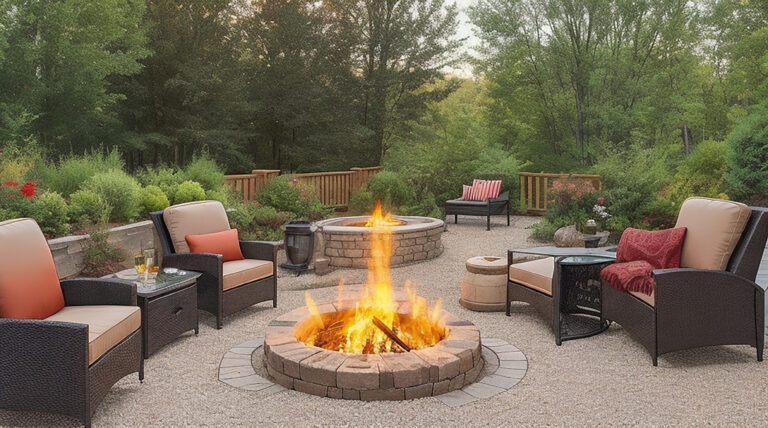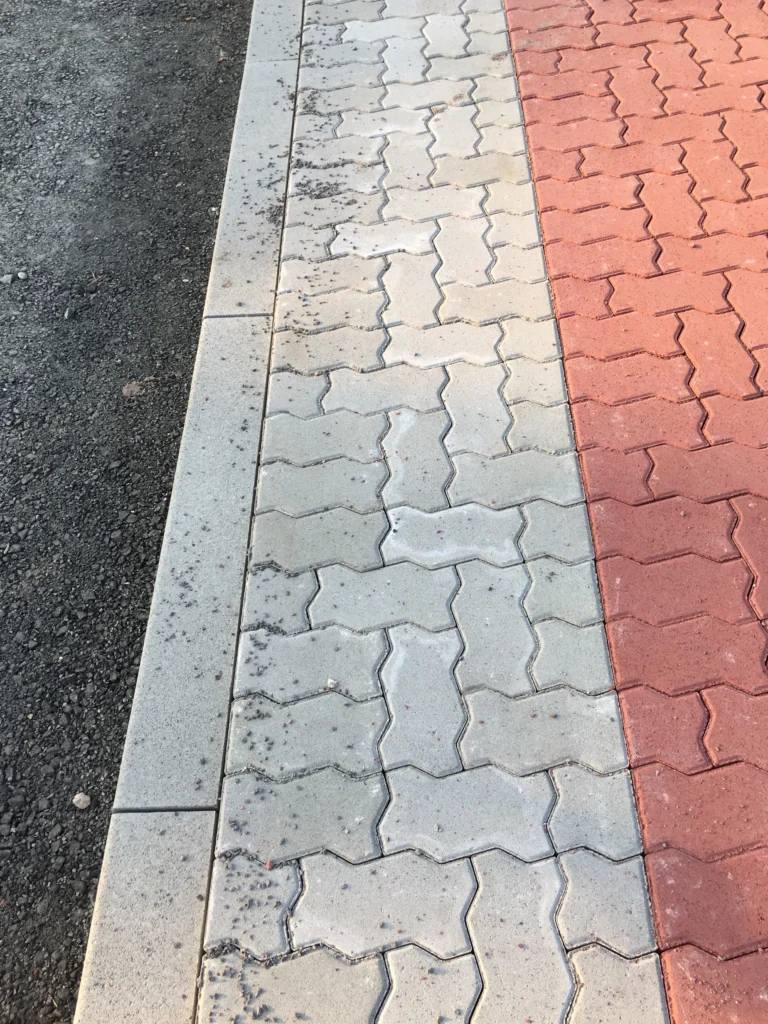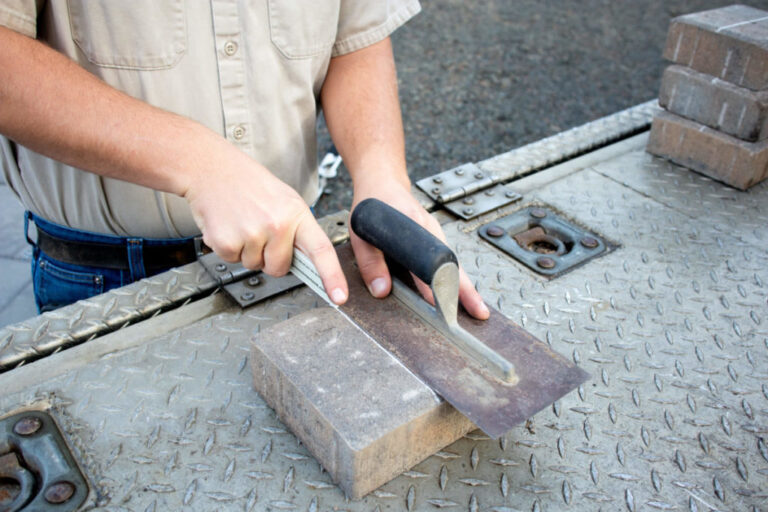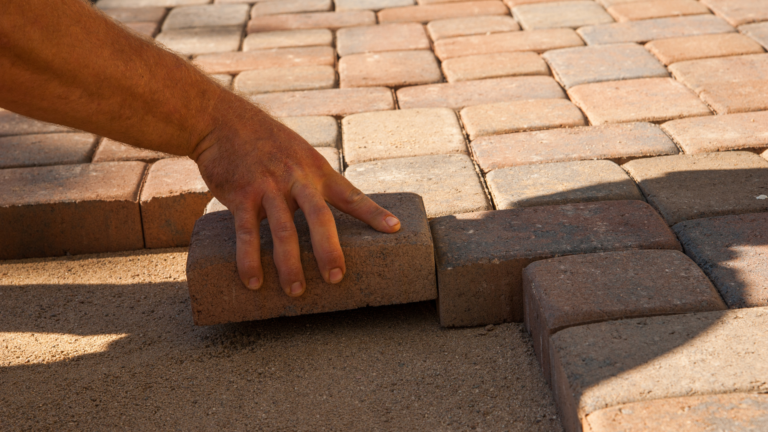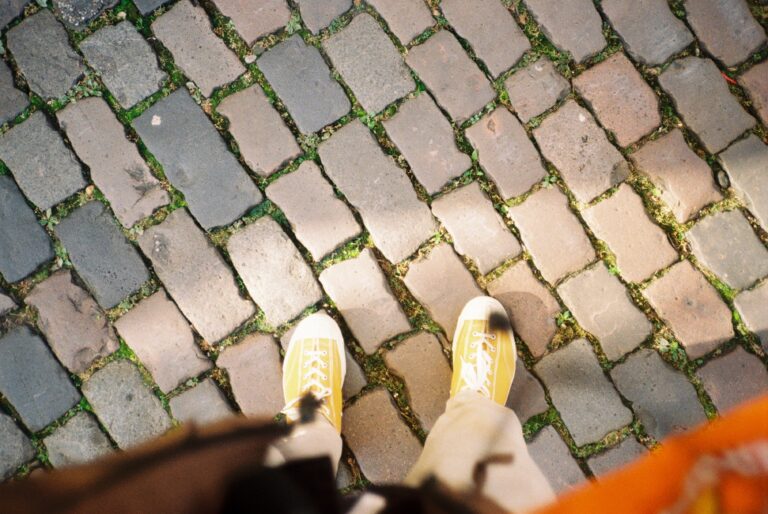Driveway Paver Patterns: Top Choices for Stylish Homes

Driveway paver patterns play a crucial role in enhancing the overall appearance and curb appeal of a property. These patterns not only serve an aesthetic purpose, but they equally contribute to a functional and durable driveway design that can withstand the test of time. With numerous patterns, materials, and colors available on the market, homeowners have a wide array of options to choose from, making it a bit daunting to settle on the perfect design that complements their taste and property’s style.
The right choice of a driveway paver pattern can significantly increase the curb appeal of any home, acting as an extension of the architectural style and color scheme. Through selecting a cohesive design, homeowners can create an inviting and harmonious transition from the street to the front door, thereby boosting the overall value of their property.
In this age of customization and personalization, homeowners are constantly seeking fresh and innovative ways to make a statement with their driveway design. The key to achieving a successful driveway makeover is to consider the existing landscape, architectural design, and aesthetic preferences, ultimately selecting a pattern that harmoniously blends with the property’s essence and leaves a lasting impression.
Design Fundamentals and Selection
Choosing the Right Pavers
When designing a driveway, it is important to select the right type of paver material. There are three main options: brick, concrete pavers, and natural stone:
- Brick: Offers a classic and elegant look, with a variety of colors and textures. They are durable and can withstand heavy foot traffic or vehicle use.
- Concrete Pavers: A more budget-friendly option that is available in various shapes, colors, and textures. They can mimic the appearance of brick or natural stone.
- Natural Stone: Known for their natural beauty and unique textures, natural stone pavers are often used for a more sophisticated design. Options include limestone, slate, or bluestone.
Considering the style and overall design theme of your property can help in selecting the most appropriate paver material for your driveway.
Understanding Paver Patterns
Paver patterns play a significant role in creating visual interest and enhancing the aesthetic appeal of your driveway. Here are some of the popular patterns that can be used:
- Herringbone Pattern: Interlocking rectangular pavers arranged in a geometric zigzag pattern. Ideal for driveways with heavy traffic, as the pattern provides additional stability.
- Running Bond Pattern: Rectangular pavers laid in rows. This simple and common pattern is easy to install and harmonizes with many design styles.
- Ashlar Pattern: A combination of rectangular and square pavers arranged in a staggered pattern. Ashlar creates a more upscale and modern look.
- Basketweave: Square-shaped pavers arranged in a weave-like pattern. Basketweave is often used for driveways with traditional design styles.
When selecting a pattern, consider the overall style of your property, the paver material, and whether the pattern complements neighboring features.
Color and Texture Considerations
Both color and texture factors are important in creating the desired visual effect for your driveway. Be mindful of the following when making your selection:
- Consistency or variation in color can affect the driveway’s overall appearance. Subtle variations in color can enhance the design, while a consistent color can provide uniformity.
- Texture influences the overall design, slip resistance, and the ease of installation of the pavers. Smooth pavers are easier to install and have a sleek appearance, while textured pavers provide a more natural and rustic look.
- The color and texture of the selected pavers should complement your home’s exterior and landscaping, as well as any walkways or patios nearby.
By taking into consideration the design fundamentals mentioned above, you can create an attractive, functional, and durable driveway that enhances the curb appeal of your property.
Installation and Maintenance
Preparing the Driveway Base
A solid base is crucial to the longevity of your paving stones. Before installing the pavers, the contractor should ensure the driveway base is level and properly compacted, as this will provide a stable foundation. To ensure proper drainage, it’s essential to use a suitable base material, such as gravel or a combination of gravel and sand.
A sub-base layer should be 4-6 inches thick, followed by a 1-2 inches sand bedding layer. This enables water to pass through, reducing the risk of pooling and preventing damage to the pavers. When considering drainage, using permeable pavers is an effective option, as they allow water to seep into the underlying layers.
Laying Patterns and Techniques
Various laying patterns and techniques can be used to create unique and attractive driveway designs. Some popular patterns include:
- Herringbone: A classic pattern in which rectangular pavers are laid in a zigzag formation.
- Basketweave: A timeless pattern involving two or more pavers laid side by side, alternating with a corresponding row oriented at 90 degrees.
- Running bond: A simple yet sophisticated pattern where pavers are laid end to end in staggered rows.
- Circular: A visually stunning pattern where pavers are laid around a central point, creating concentric circles.
When installing pavers, a contractor will ensure that they’re properly aligned and leveled. Proper edge restraints, such as a concrete or metal border, are crucial for maintaining the integrity and aesthetics of your driveway.
Longevity and Upkeep
Paving stones are a durable and low-maintenance option for driveways. However, routine maintenance can prolong their lifespan and maintain their appearance. Some essential maintenance tasks include:
- Sweeping: Regularly sweep the driveway to remove dirt, debris, and leaves that may cause staining or encourage weed growth.
- Weed control: Prevent weeds from growing between pavers by using a pre-emergent herbicide or applying a polymeric sand layer during installation.
- Sealing: Apply a high-quality sealer to protect the pavers from staining, fading, and wear. It’s recommended to reapply the sealer every 3-5 years.
- Addressing stains: Clean any stains as soon as possible to preserve the appearance of the pavers. Use a gentle cleaner and avoid power washing, as this can damage the pavers and remove joint sand.
Additionally, be attentive to any sinking or shifting pavers. If any issues arise, consult a professional contractor to assess and rectify the problem. Proper installation and maintenance will ensure the longevity of your paving stone driveway, providing an attractive and functional surface for years to come.

